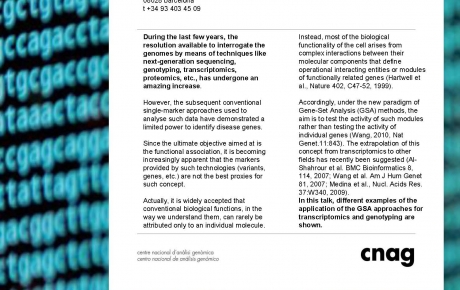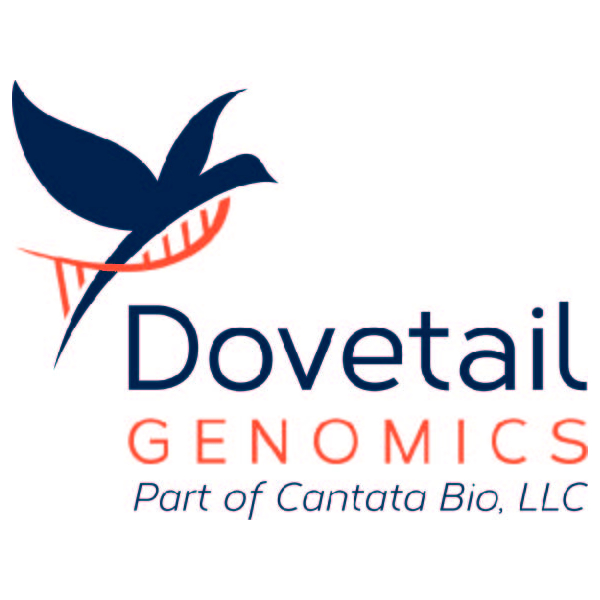November 26th 2010 -12.00h
Auditori Antoni Caparrós
EdificiTorres R+D+I, Parc Científic de Barcelona
BaldiriReixac, 408028 barcelona
t +34 93 403 45 09

During the last few years, the resolution available to interrogate the genomes by means of techniques like next-generation sequencing, genotyping, transcriptomics, proteomics, etc., has undergone an amazing increase.
However, the subsequent conventional single-marker approaches used to analyse such data have demonstrated a limited power to identify disease genes.
Since the ultimate objective aimed at is the functional association, it is becoming increasingly apparent that the markers provided by such technologies (variants, genes, etc.) are not the best proxies for such concept.
Actually, it is widely accepted that conventional biological functions, in the way we understand them, can rarely be attributed only to an individual molecule.
Instead, most of the biological functionality of the cell arises from complex interactions between their molecular components that define operational interacting entities or modules of functionally related genes (Hartwell et al., Nature 402, C47-52, 1999).
Accordingly, under the new paradigm of Gene-Set Analysis (GSA) methods, the aim is to test the activity of such modules rather than testing the activity of individual genes (Wang, 2010, Nat Genet.11:843). The extrapolation of this concept from transcriptomics to other fields has recently been suggested (Al-Shahrour et al. BMC Bioinformatics 8, 114, 2007; Wang et al. Am J Hum Genet 81, 2007; Medina et al., Nucl. Acids Res. 37:W340, 2009).
In this talk, different examples of the application of the GSA approaches for transcriptomics and genotyping are shown.











